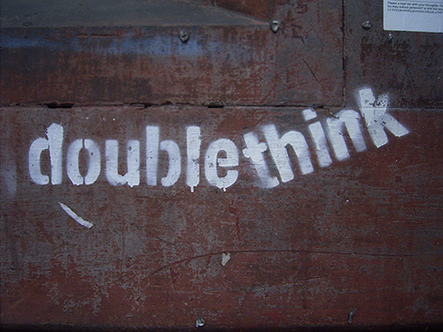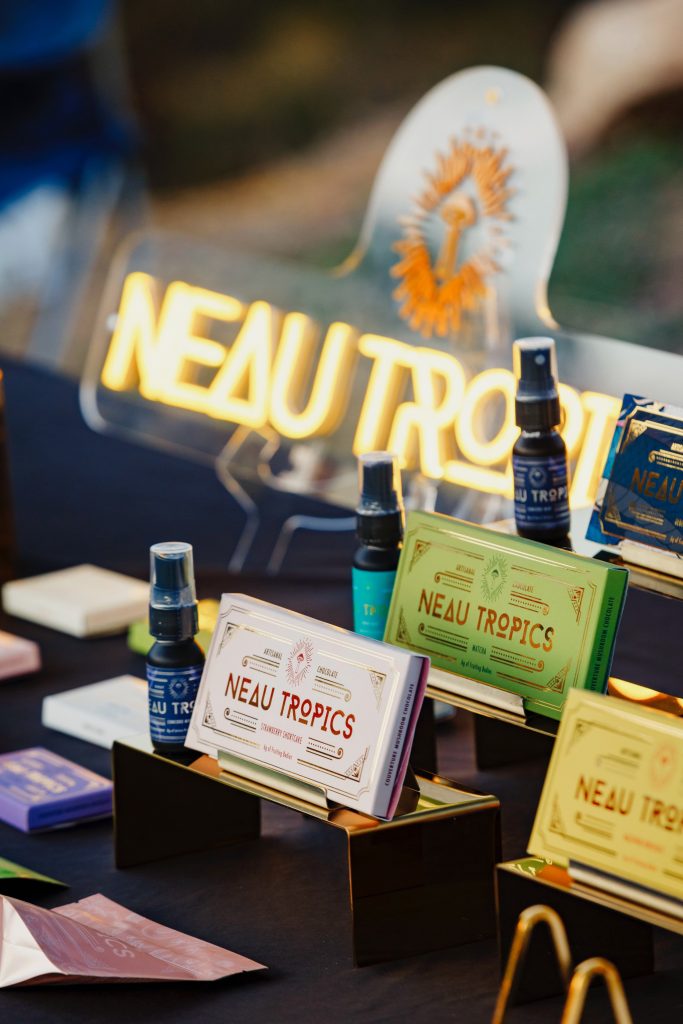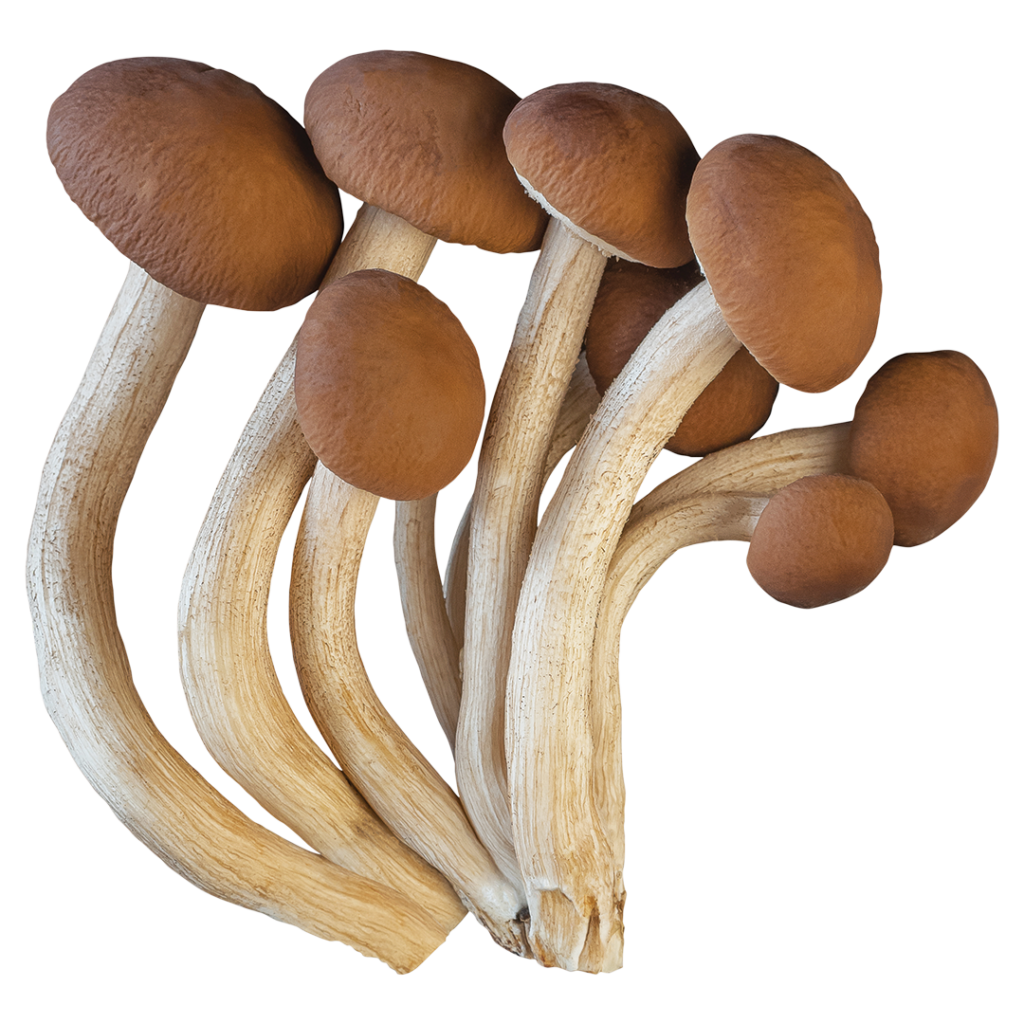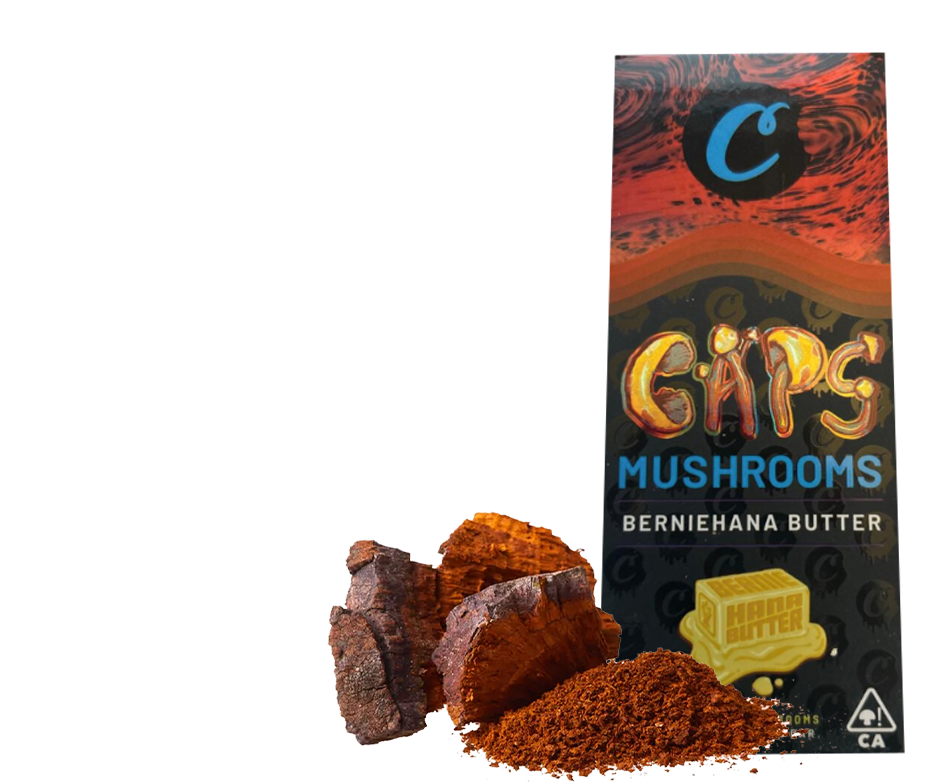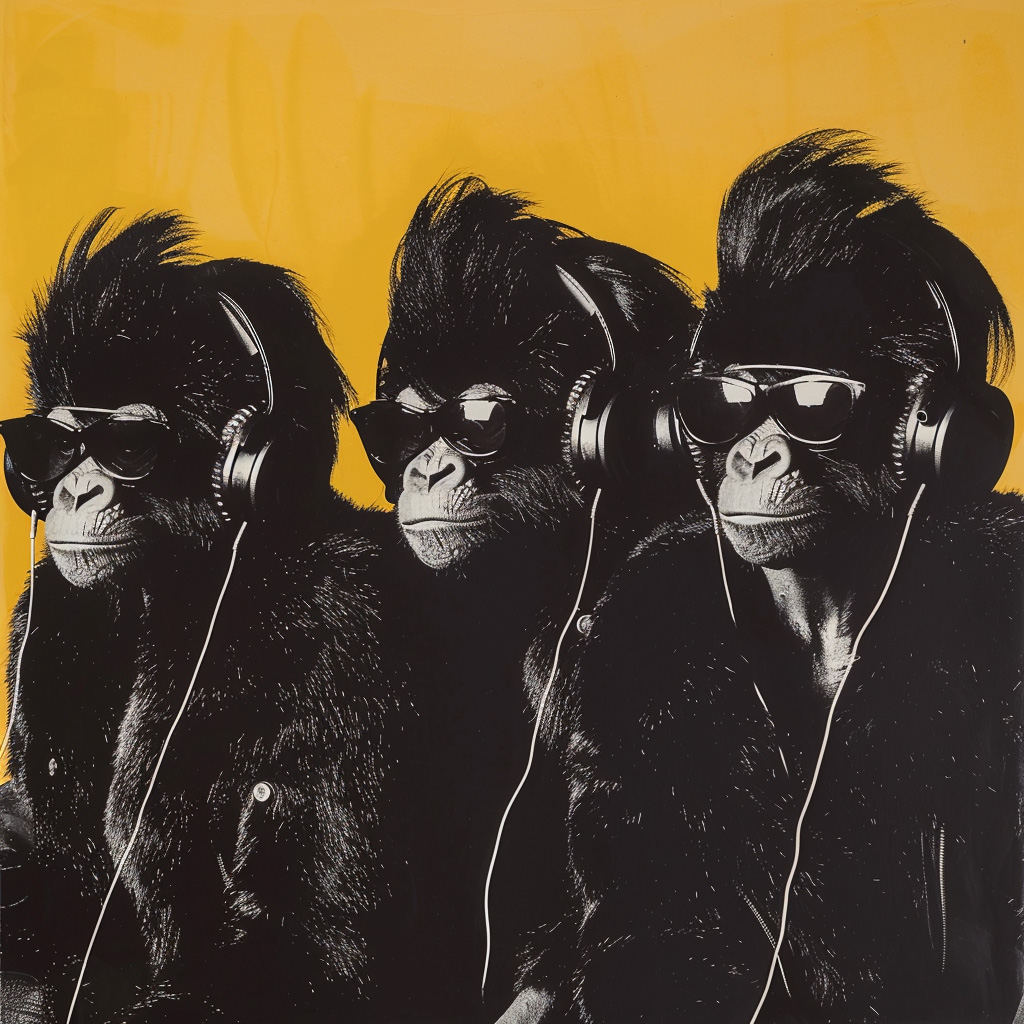The
following is excerpted from the upcoming book All These Serious Faces Will
Only Drive You Mad. This is the third
excerpt to appear on Reality Sandwich. Read excerpt 1 here, 2 here, 4 here. To learn more about the book, please click here.
The concept of
truth-seeking has long been a cornerstone of individualism. But in order to be
effective as individuals, we have to make sure that our perception of reality
actually contains a significant amount of what we call "truth." So how can we
ever be certain that we possess the actual truth? Is human objectivity even
possible in reality?
To determine
that, we must look at how the human mind arrives at a sense of understanding
the world. According to Alfred Korzybski, the founder of general semantics, the
system of thought expounded by Aristotle in the fourth century B.C. reversed
the original order of human mental processing. "In the evolution of the human
race and language there was a natural order of evaluation established; namely,
the life facts came first and labels (words) next in importance. Today, from
childhood up, we inculcate words and language first, and the facts they
represent come next in value…" (1)
In Korzybski's
terminology, human communication evolved through "extension," while aristotelian
orientations (i.e., those with roots in Aristotle's philosophy and logic) are
based on "intension." General semantics basically advises the use of non-aristotelian orientations, as
Korzybski lays out in Science and Sanity (1933):
"By non-aristotelian methods we train in the natural order; namely, that first
order empirical facts are more important than definitions or verbiage. It
should be noticed that the average child is born extensional, and then his
evaluations are distorted as the result of intensional training by parents,
teachers, etc., who are unaware of the heavy neurological consequences." (2)
In essence,
Aristotle's intensional system utilizes orientations that are static,
"objective," two-valued (either-or, dualistic, subject-predicate, etc.),
dogmatic, linear, unpredictable, paradoxical, and un-sane (neurotic, psychotic,
etc.). (3) The non-aristotelian (extensional) orientations taught by general
semantics are dynamic (process-based), infinite-valued, empirical (measurable),
non-linear, predictable, and sane (integrated "personality" and "neuro-logical"
functioning). To state it briefly, non-aristotelian orientations are better
suited to operate within and understand the universe as it actually is (i.e., as we can measure it scientifically).
Aristotle can't
be blamed entirely for this state of affairs; it's also due to the nature of
language itself. Since language is an abstract symbol system intended to pass
information from one mind to another, it
allows us to group and divide objects and phenomena that can't necessarily be
separated in reality. For instance, "day" and "year" refer to naturally
occurring cycles in our physical universe, but a "week" arises only due to our
semantic constructions — that is, it
exists only in our minds. Similarly, we assume that the genders "man" and
"woman" pertain to something objective about human beings, when in fact they
are merely cultural constructions that don't necessarily correspond to
biological sex. The fact that these kind of abstract divisions persist and are
used in cultural discourse shows the tendency for finite-valued thought orientations in modern civilization. Pay
attention and you'll quickly notice how anxious people feel to give everything
in the human experience a name or a category.
Another
two-valued semantic construct is the opposition between "left-brain" (i.e.,
analytical, rational, logical) and "right-brain" (i.e., intuitional, artistic,
mystical) mental processing. (4) NYU neuroscientist Joseph LeDoux has argued
"that there is no overall function of a [brain] side. […] Functions are
products of systems. […] Systems span the brain vertically and
horizontally — they are not isolated in one hemisphere." (5) And both analytical
and intuitional expression are limited at the same point — which is to say, neither
one conveys "what really happened" or is capable of telling the "full truth."
(We're referring here to intuitional expression,
not the intuitional perception-such
as a gut feeling-that the expression attempts to communicate.) The key is to
realize that both analytical and intuitional communication
are semantic forms that can do no more than provide an approximate
understanding of the universe in
which we live.
To fully
comprehend this, it helps to go outside Western thought altogether. Alan Watts
describes the predicament in his popular 1957 book The Way of Zen. "The reason why Taoism and Zen [Buddhism] present,
at first sight, such a puzzle to the Western mind is that we have taken a
restricted view of human knowledge. For us, almost all knowledge is what a
Taoist would call conventional knowledge,
because we do not feel that we really know anything unless we can represent it
to ourselves in words, or in some other system of conventional signs such as
the notations of mathematics or music. Such knowledge is called conventional
because it is a matter of social agreement as to the codes of communication." (6)
Watts is
reiterating an idea from general semantics: we often mistake our semantic maps of reality for reality
itself. Or as Korzybski (and, picking up the same thread, Robert Anton Wilson)
used to say, the map is not equivalent to the territory it represents. Watts uses the example of central and
peripheral vision to explain our linear, "aristotelian" thought patterns.
Conventional knowledge — as understood through a symbol system such as
language — is like the central vision that we use to read or focus our sight on
physical objects (e.g., looking someone in the eyes when speaking). But the
Western mind tends to ignore unconventional knowledge that can't be expressed
and formed into mental semantic maps using language or other symbols. As Watts
writes, "For some reason we do not fully use the 'peripheral vision' of our
minds." (7)
Unfortunately,
far more of our world exists in the periphery than in central focus; in fact, it's all
in the "periphery" until a human being creates
the focus. And we tend to ignore details that don't exist on the scale of
everyday human life. We see a "table" or "couch," but not the infinitesimal
detail of the wood or fabric that constitute those objects, or the equally
infinitesimal speck that those objects represent in the broader universe.
"Thus," says Watts, "communication by conventional signs of this type gives us
an abstract, one-at-a-time translation of a universe in which things are
happening altogether-at-once — a universe whose concrete reality always escapes
perfect description in these abstract terms." (8) But remember, this semantic
functioning is what separates human beings from other animals, and until we
devise some method of telepathy, we will have to use conventional abstractions
(i.e., symbols such as words or icons) to communicate.
Semantic
formulation also plays a large role in the establishment of social norms. Watts
informs us that "the task of education is to make children fit to live in a
society by persuading them to learn and accept its codes — the rules and
conventions of communication whereby the society holds itself together." (9) In
Prometheus Rising (1983), Robert
Anton Wilson argues that most child rearing resembles the art of brainwashing.
Wilson writes, "The easiest way to get
brainwashed is to be born. […It's] a process which sociologists
euphemistically call socialization."
(10) Thus, by the end of puberty — usually somewhere between the ages of 13 and
18 — an average individual's perception of reality is more or less cemented for
life. "Each of us is trapped in the reality-tunnel (assumption-consumption) his
or her brain has manufactured. We do not 'see' it or 'sense' it as a model our brain has created. We automatically,
unconsciously, mechanically 'see' and 'sense' it out there, apart from us, and we consider it 'objective.'" (11)
(However, in the interest of using non-aristotelian [empirical] orientations,
we should refer primarily to the mind's
semantic processing, since it's not totally clear what role the brain or nervous system plays there.)
As an alternative
to Wilson's tunnel vision metaphor we can discuss the concept of blind spots, as
Daniel Goleman explains in his book Vital
Lies, Simple Truths: The Psychology of Self-Deception (1985). "The blind
spot is an apt physiological metaphor for our failure to see things as they are
in actuality. In physiology, the blind spot is the gap in our field of vision
that results from the architecture of the eye." (12) Basically the mind can experience psychological "blind spots,"
either actively (because one's attention is focused narrowly, as in Watts's
"central vision") or passively (because sensory information contradicts one's
"morals," beliefs, etc.). This is the essence of Freud's term "super-ego,"
which equates generally to the idea of conscience.
"Perception is selection," as Goleman writes. "Filtering out information is, in
the main, for the good. But the very capacity of the brain to do so makes it
vulnerable to skewing what is admitted to awareness, what is rejected." (13)
Similarly, Wilson used to quote the philosopher Husserl, who said: "Every
perception is a gamble."
Goleman says the
human faculty of self-deception evolved as a trade-off between attention and
anxiety. "Attention is the gathering of information crucial to existence.
Anxiety is the response when that information registers as a threat. The
intriguing part of this relationship is straightforward: we can use our
attention to deny threat, and so cushion ourselves from anxiety." (14)
Korzybski even compares the mind's self-deception to the illusions performed by
a magician.
To fully
understand how our mind plays tricks on us, we can look at models for how
sensory information is edited, censored, and repressed on its way to the level
of conscious thought. Goleman says the model set forth by Freud in his book The Interpretation of Dreams (1900) is
still "our best understanding of the processes through which the mind takes in,
uses, and stores information, and how those processes are prone to bias by the
trade-off between anxiety and attention." (15) The basic flow of the model is
that a sensory stimulus occurs, then passes through memory sub-levels to the
"unconscious" (followed by a censor), the "preconscious" (followed by more
censoring), and finally conscious thought, which elicits a response. We say
information has been "repressed" if it doesn't make it to the conscious level.
Goleman says
Freud defied behaviorists like Pavlov for suggesting that the processes between
"stimulus" and "response" could actually be studied and comprehended. "Modern
research shows that, if anything, Freud was too cautious in proposing points
where biases could sidetrack the flow of information. What he did not realize
is that the flow of information is not linear, but is intertwined among
mutually interactive subsystems. The mind does not pass information along a
single track… Rather, information flows in and about circuits… The
possibilities for bias in such a system are even richer than Freud's model
suggests." (16) It's important to note the non-linear
flow of information, since that suggests a non-aristotelian nature of sensory
processing (whereas Freud's model was more aristotelian — i.e., linear). This
lends support to the eight-circuit model of consciousness developed first by
Timothy Leary and later modified by Robert Anton Wilson and others. We've
mostly been discussing their semantic circuit, the third in the model, based
primarily Korzybski's general semantics.
Goleman's updated
model has some major implications. One is that the very act of perceiving the
physical, "objective" world involves automatic
alterations by the mind. (17) Another is that people can't necessarily choose
what information to throw out. That's because the sensory stimuli have to
proceed through the unconscious to get to the conscious mind, so repression is
not normally something that results from an active decision. We commonly
discuss the phenomenon of selective memory with regard to the super-ego, since
that refers to whatever a person considers to be "good," "bad," "holy," "evil,"
etc. — and such "moral" conditioning is often the basis for what information gets
repressed. It seems that indoctrination trains our unconscious mind to filter
sensory information in certain ways, without the conscious mind's approval.
Another approach
to understanding selective memory has less connection to an individual's
conscience or "moral" inclinations. In his book, Goleman discusses a 1980 paper
by social psychologist Anthony Greenwald called "The Totalitarian Ego:
Fabrication and Revision of Personal History," which was partly inspired by
George Orwell's classic novel 1984.
The "ego" (another of Freud's terms) — or "self" — is the part of the mind that
generates the sensation of "me, myself, and I." As Greenwald writes, "The past
is remembered as if it were a drama in which self was the leading player. In
part, this observation refers to the autobiographical or episodic character of
much of memory…" (18) Goleman elaborates: "Facts are better remembered the more
they have to do with oneself. Or, most people in a group feel that they are the
center of activity." (19)
Greenwald takes 1984 (first published in 1949) as a
demonstration of the way the individual mind can emulate an entire totalitarian
government by twisting reality for its specific needs. Orwell devised the term
"doublethink" to illustrate how this would work: "…if it is necessary to
rearrange one's memories or to tamper with written records, then it is necessary
to forget that one has done so. […]
"Doublethink means the power of holding
two contradictory beliefs in one's mind simultaneously, and accepting both of
them…. He therefore knows that he is playing tricks with reality; but by the
exercise of doublethink he also
satisfies himself that reality is not violated. […] To tell deliberate lies
while genuinely believing in them, to forget any fact that has become
inconvenient, and then, when it becomes necessary again, to draw it back from
oblivion for just so long as it is needed, to deny the existence of objective
reality and all the while to take account of the reality which one denies — all
this is indispensably necessary." (20)
In Orwell's
story, doublethink involves tricking oneself into thinking a conscious choice
was actually an unconscious one. So it's a bit more complex than Freud's model
of repression, in which the censoring occurs prior to reaching the conscious
level. But it's very possible that Orwell was simply describing a real
phenomenon without full knowledge of how it operates in living human beings. By
his choice of words (this time describing "crimestop,"
another "Newspeak" word), Orwell seems to have been aiming at much the same
thing: "The mind should develop a blind spot whenever a dangerous thought
presented itself. The process should be automatic, instinctive." (21)
The human
capacity for self-deception probably developed while the conscious mind itself
was forming — a process that would have started about 100,000 years ago and
culminated about 30,000 years ago. (22) Goleman thinks self-deception could
have helped when individuals or groups had to contradict their own conscience
or "morals" in order to stay alive. As he says, "My assumption is that, to some
extent, the muting of awareness to avoid anxiety has been largely helpful, even
necessary, in the development of our species and of civilization." (23) Stated
differently, self-deception probably enabled higher social organization, at the
cost of individual and group delusion.
However, Goleman
is reluctant to propose an end to all self-deception, instead offering his
support for "truth-tellers" who fight delusion at any level of society. (24) Thus,
we've once again stumbled upon the problem of how to be sure that we've really
obtained the "truth." Goleman writes, "My aim is to ponder our collective
predicament: if we so easily lull ourselves into subtle sleep, how can we
awaken? The first step in that, it seems to me, is to notice how we're all
asleep." (25) One of the main reasons we're "asleep" is that the ego rejects
new information it perceives as a threat — like an editor keeping "damaging"
information out of a history book. As Greenwald puts it, "Ego, as an
organization of knowledge…serves the functions of observing (perceiving) and recording
(remembering) personal experience; it can be characterized, therefore, as a
personal historian." (26)
In cognitive
science the self is considered a "schema." "Schemas embody the rules and
categories that order raw experience into coherent meaning," writes Goleman.
"All knowledge and experience is packaged into schemas." (27) Any information
that could disrupt the order of this "self" schema is blocked or distorted by
the ego. It might sound strange to say that the ego acts egocentrically, but that's exactly what is happening. Wilson calls
the ego "a single brain circuit which mistakes itself for the whole Self, the
entire brain-mind apparatus." (28) Therefore, the self is acting in favor of the self — while
simultaneously hiding this fact from itself. Remember, self-deception implies
that we ignore the fact that we are
ignoring. That's what makes it so difficult to identify and change.
But going back to
the comparison with a totalitarian government helps illuminate the tricks
performed by the personal ego without breaching our conscious awareness. As
Goleman writes, "A society handles information in ways that often parallel the
workings of the mind. The mark of democracy is that information flows freely…
"A totalitarian
state, like the totalitarian self, finds its official version of reality too
fragile to withstand an unbridled flow of ideas. For a totalitarian authority
to assert control, it must choke off alternative views and facts. Censorship — an
essential tool of political control — is the social equivalent of a defense
mechanism." (29)
We've been slowly
approaching a workable understanding of Orwell's famous "Party slogan" from 1984: "Who controls the past controls
the future; who controls the present controls the past." (30) In the novel this
refers to the Ingsoc government, whose paradoxically named "Ministry of Truth"
constantly re-writes history according to the current needs of the totalitarian
leadership. In the book, as in real life, the
details of the past have a determining effect on what can happen in the future.
But at no point in recorded history have most human beings perceived or
remembered information outside of what the self considered safe or acceptable.
That means the self, or ego, controls the past from within the ever-changing
present, and, therefore, the self
controls what can be predicted or planned for in future.
And 1984 demonstrates how, in an
authoritarian society (such as the U.S., despite the fact that it is referred
to as a "democracy" much more often), the leadership acts as a focusing
point — or the "central vision," to use Watts's metaphor — for the "conscious mind"
of the collective self. So the textbook version of history is actually the
version that doesn't contradict the group's established schemas (i.e., the
"status quo"), for that would cause anxiety for the "ego" of the metaphorical
social body. In other words, "peripheral" (subversive) information would
disrupt the way a society sees itself. Howard Zinn's A People's History of the United States is an excellent example of
what the collective ego (i.e., government, mainstream media, etc.) would
consider a subversive version of the
past, because it's an unheroic (but
more empirical) version.
Goleman claims he
was the first to connect this phenomenon in the personal ego with the same kind
of self-deception that can happen in any size human group: family, club,
company, religion, nation, species, etc. (31) As Goleman states in his book, an
individual cannot express much dissent without endangering one's own membership
in a group; and most defer to the group leader when a decision must be made. In
addition to drawing from the psychology of Sigmund Freud, he also employs the
group studies of Trotter and LeBon. As Goleman writes, "The hallmark of a
person as a group member, Freud saw, was the replacement of his self by a group
self. The psychology of the group, said Freud, involves ‘the dwindling of the
conscious individual personality, the focusing of thoughts and feelings into a
common direction.' That translates to the prepotency of shared schemas over
personal ones." (32)
The group leader,
an archetypal father figure, usually
directs these shared schemas — by which we mean, the acceptable ways of
perceiving the group's interests and behavior. "For Freud a primitive family
prototype is the model for all groups," explains Goleman. "In the vast
variations of what constitutes a group…Freud saw the same dynamic at work: to
the extent that there is a common understanding, the members of the group share
an outlook — the group's schemas." (33)
What I'm
proposing is that true individualism
could involve breaking away from all group schemas — first and foremost, from
those of the nuclear family — in order to emerge as a twice-born individual with
independent schemas based on outer and inner exploration. Without crossing
those social boundaries, we risk the possibility of thinking that we've evolved, when actually very little about our
mental life and behavior might have changed. Every conscious ego or self — from
the singular to the collective — is like a fortress constructed in opposition to
nature. So unless our semantic processing puts us more in tune with the
empirical universe, we remain forever locked in a world of delusion.
Aristotelian
orientations ensnare us in a cage of mental abstractions, unable to figure out
that our biggest existential problems will remain with us regardless of the
superficial changes we make in our lives. That's not only because reality will
differ from idealistic expectations, but because reality — as perceived by the individual — is
always filtered through the deceptive categories of the self schema. When
perceiving the physical universe, each mind selects a small fraction of the
available data (based on our "central vision") and uses that to construct a
present "reality," which can then become a memory of the past. This is how
Greenwald's "personal historian" functions in real-time.
As Wilson said
earlier, each reality-tunnel seems "objective" to the person experiencing it.
But it would be impossible for every person to experience the exact same reality. This is why Bucky
Fuller argues in his book Operating
Manual for Spaceship Earth that the universe itself is "non-simultaneous"
and "nonidentical" — meaning that no one's perception (or memory) of the universe
(and events happening therein) is ever identical to any other's. (34) The vital
point here is that our knowledge of the
universe — including planet Earth, where we currently live — is all based on
individual human experience.
In reality,
everyone's perception of life is unique — that is to say, nonidentical. So there are as many "true" versions of any single
event as there are people there to perceive and remember it! Most of what we
take to be "history" and "current events" are actually cultural constructions — that is, semantic
models, which themselves derive from individual
mental constructions. But those
constructions are usually riddled with gaps wherever information has been left
out for the sake of avoiding anxiety. Furthermore, since we tend to think in
aristotelian orientations, we mistake
those faulty maps for the reality they're supposed to represent.
What we really
require is not "truth" but the ability to control the self-deception of our own
"totalitarian ego" — our own unconscious acts of "doublethink" — so that our perceptions
and memories will more closely approximate the empirical (measurable) universe.
At first it's only really possible to correct faulty perceptions in retrospect,
using self-reflection to question our own view of reality. But in time we
should be able to permanently adjust the ways we've been conditioned to alter
or ignore information. After accomplishing that, the next step is to muster the
courage to stand up for one's own perceptions in the face of self-deceptive
groups — ranging from families, to nation-states, to all humanity — which will
fight to protect their comfortable collective ego-delusions. If enough of us
make such personal progress, we'll likely be surprised at how quickly absurdity
and "un-sanity" start to vanish from our world.
In Orwellian
terms, we must ensure the maximum efficiency of our present perceptions in order to build a more complete record of the
past, which will allow us to
effectively predict and plan for the future — thereby
increasing human liberation and perpetuating the survival of the human race. But
it all depends on the individual!
If
you enjoyed this essay, please consider supporting Nick’s project. Click
here to learn more.
NOTES:
1. Korzybski, Alfred. Science and Sanity. 1933. Fifth edition.
New York: Institute of General Semantics, 1994. p. xlvii.
2. Korzybski, A. Ibid. p. xlvii.
3. Korzybski, A. Ibid. pp. lii-liv.
4. Wilson, Robert Anton. Prometheus Rising. 1983. Tempe, AZ: New
Falcon Publications, 2007. pp. 98-99.
5. LeDoux, Joseph. "Why the ‘Right
Brain' Idea is Wrong-Headed." The
Huffington Post. 5/29/2009. Accessed on 10/18/2010. http://www.huffingtonpost.com/joseph-ledoux/why-the-right-brain-idea_b_206156.html
6. Watts, Alan. The Way of Zen. 1957. New York: Vintage
Books, 1989. p. 4.
7. Watts, A. Ibid. p. 9.
8. Watts, A. Ibid. pp 8-9.
9. Watts, A. Ibid. p. 5.
10. Wilson, Robert Anton. Ibid. p. 169.
11. Wilson, R.A. Ibid. p. 210.
12. Goleman, Daniel. Vital Lies, Simple Truths: The Psychology of
Self-Deception. 1985. London, Bloomsbury Publishing, 1998. p. 15.
13. Goleman, D. Ibid. p. 21.
14. Goleman, D. Ibid. p. 19.
15. Goleman, D. Ibid. p.
57.
16. Goleman, D. Ibid. p.
59. Ellipses are mine.
17. Goleman, D. Ibid. p.
60.
18. Greenwald, Anthony G.
"The Totalitarian Ego: Fabrication and Revision of Personal History." American Psychologist. July 1980. Vol.
35, No. 7. p. 604.
19. Goleman, D. Ibid. p.
97.
20. Orwell, George. 1984. 1949. New York: Signet Classic,
1977. pp. 176-177. Italics are Orwell's, to denote a "Newspeak" word.
21. Orwell, G. Ibid. p. 229.
22. Wilson, R.A. Ibid. p. 126.
23. Goleman, D. Ibid. p. 245.
24. Goleman, D. Ibid. pp. 13, 24.
25. Goleman, D. Ibid. p. 25.
26. Greenwald, A.G. Ibid. p. 603.
27. Goleman, D. Ibid. p. 75.
28. Wilson, R.A. Ibid. p. 67.
29. Goleman, D. Ibid. pp. 231-232.
30. Orwell, G. Ibid. p. 204.
31. Goleman, D. Ibid. p. 23.
32. Goleman, D. Ibid. p. 162.
33. Goleman, D. Ibid. p. 162.
34. Fuller, R. Buckminster. Operating Manual for Spaceship Earth. 1969.
Carbondale, IL: Southern Illinois University Press, 1974. p. 56.
Image by Duncan, courtesy of Creative Commons license.
